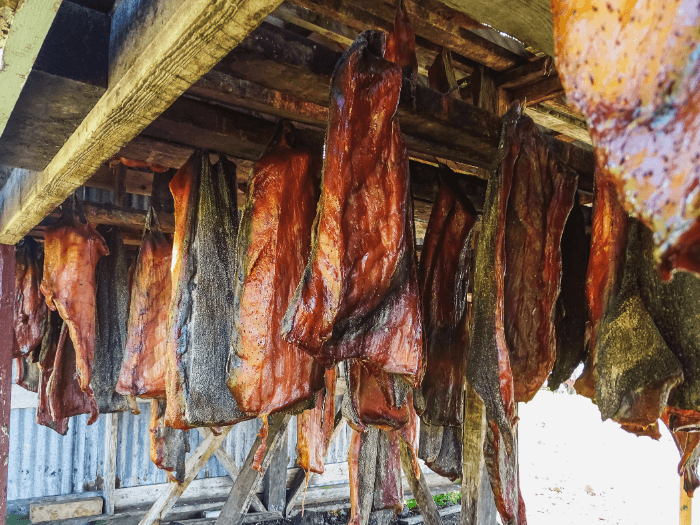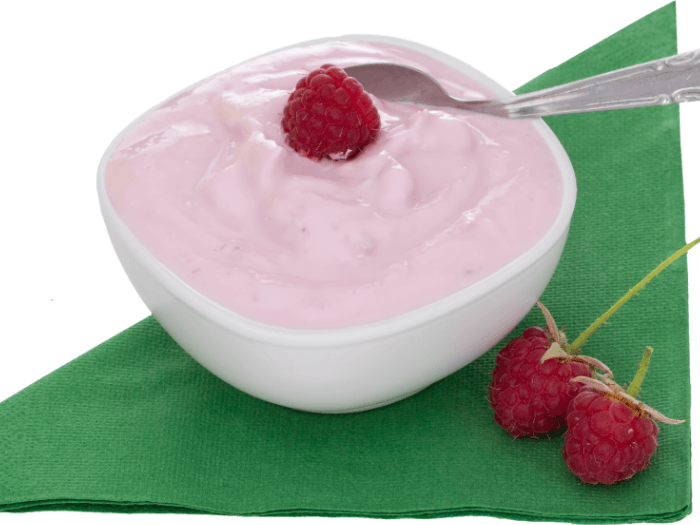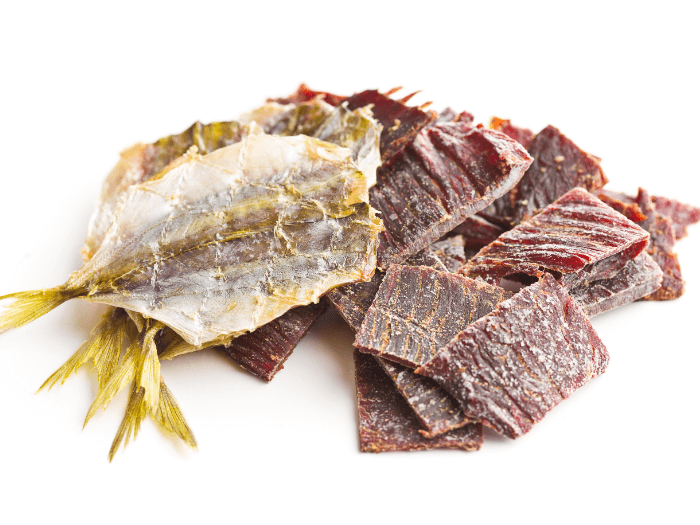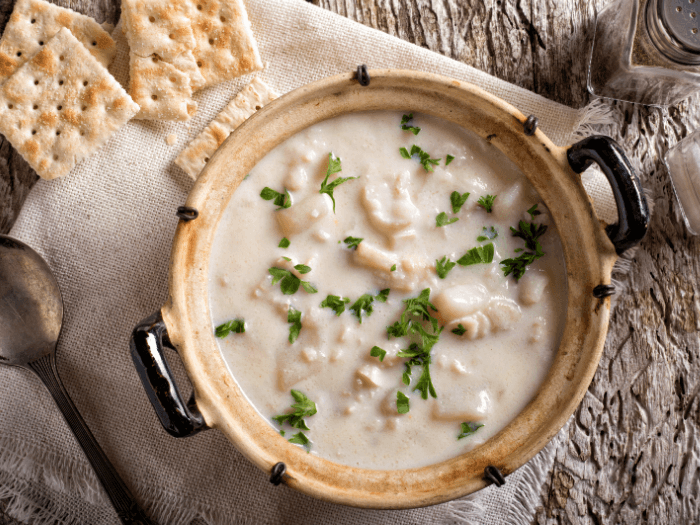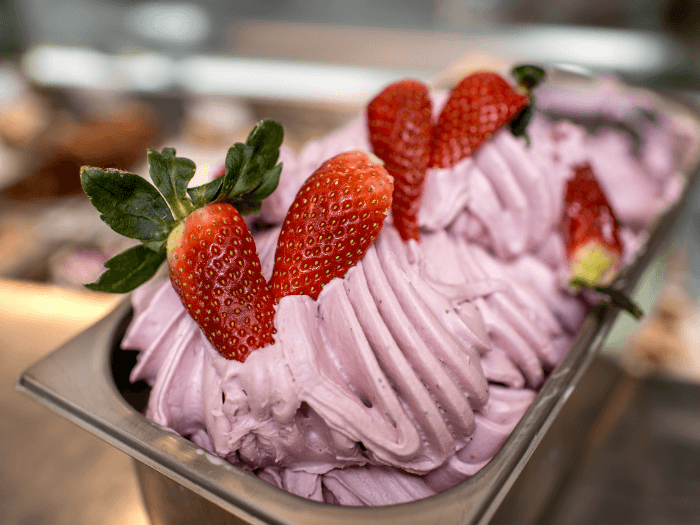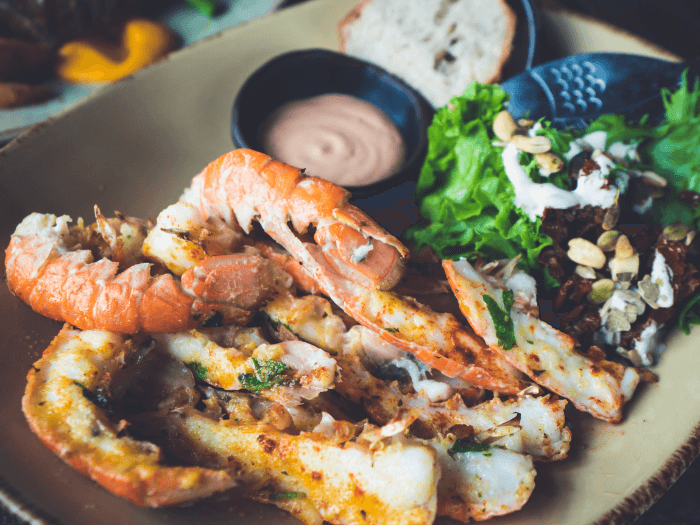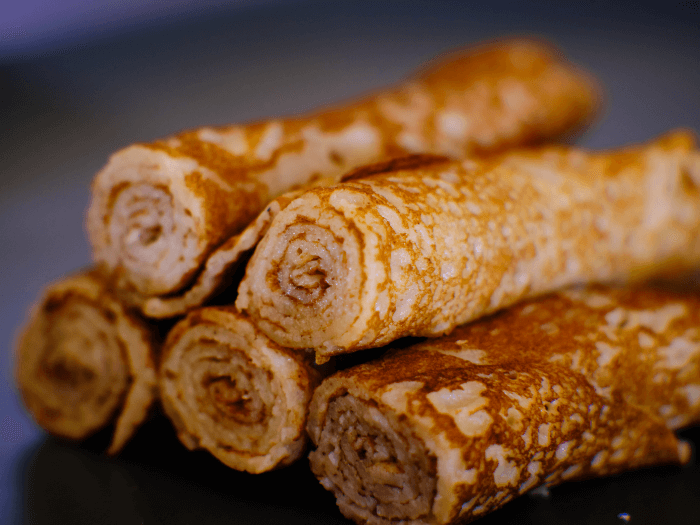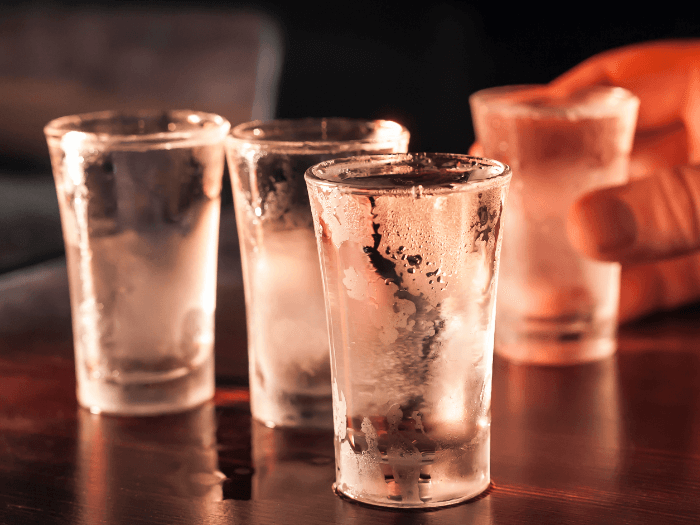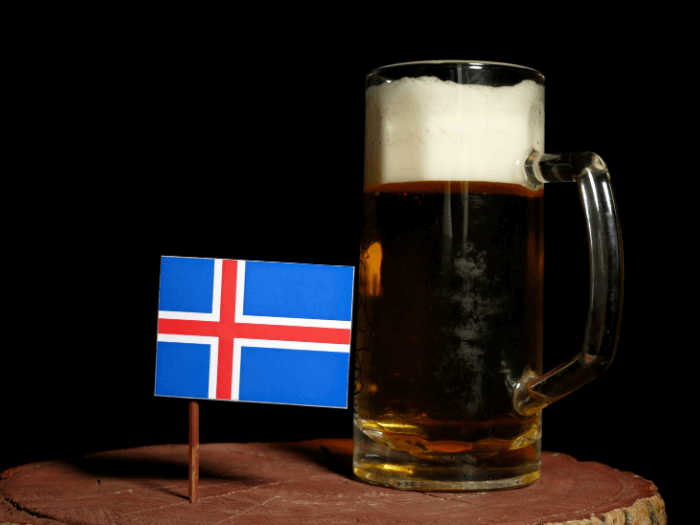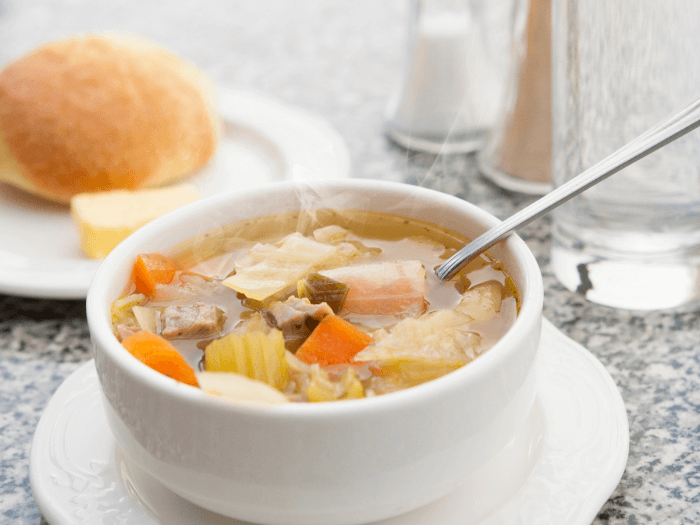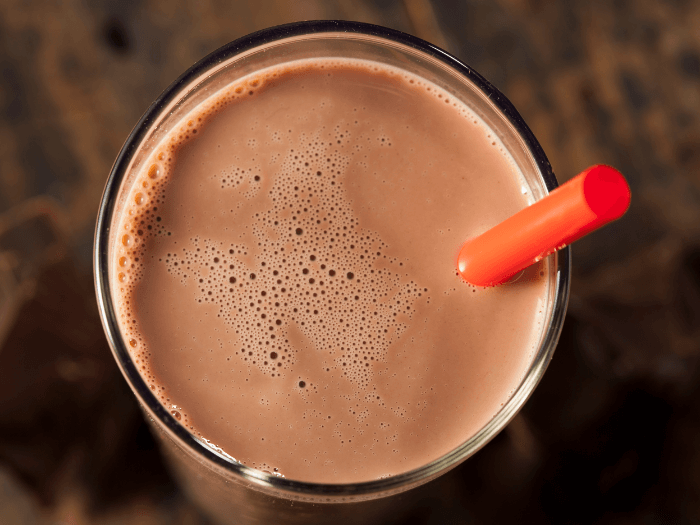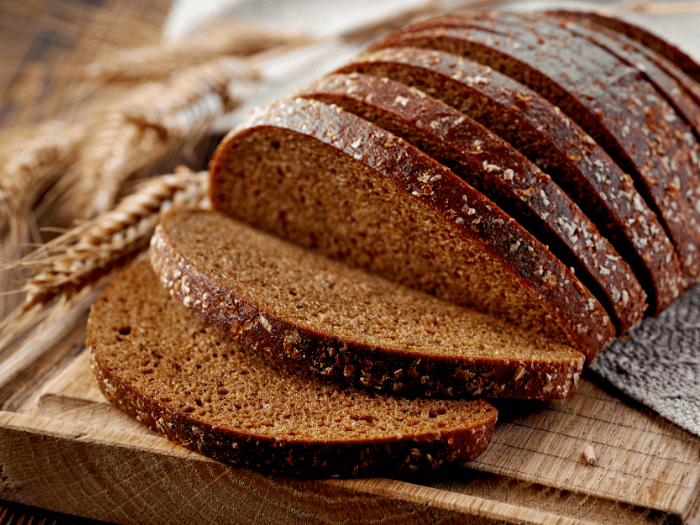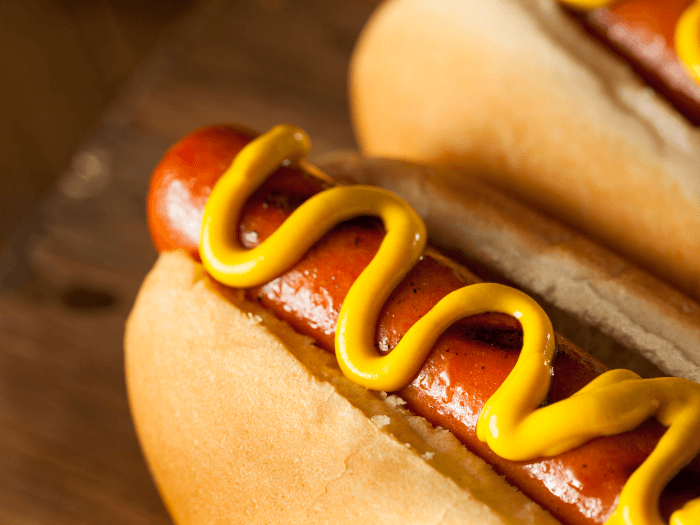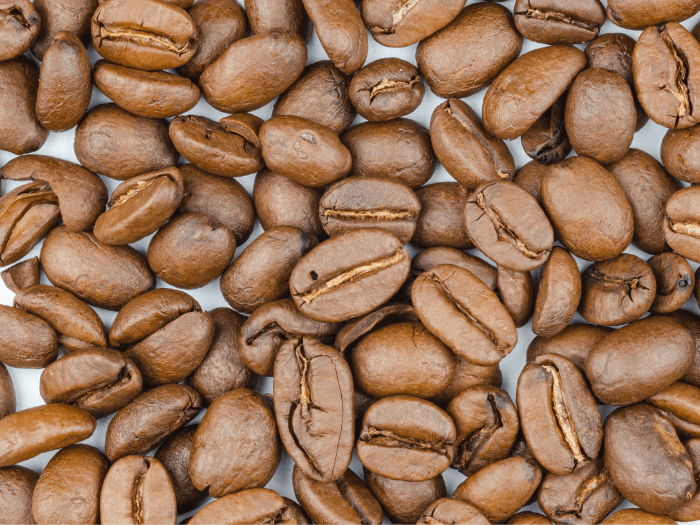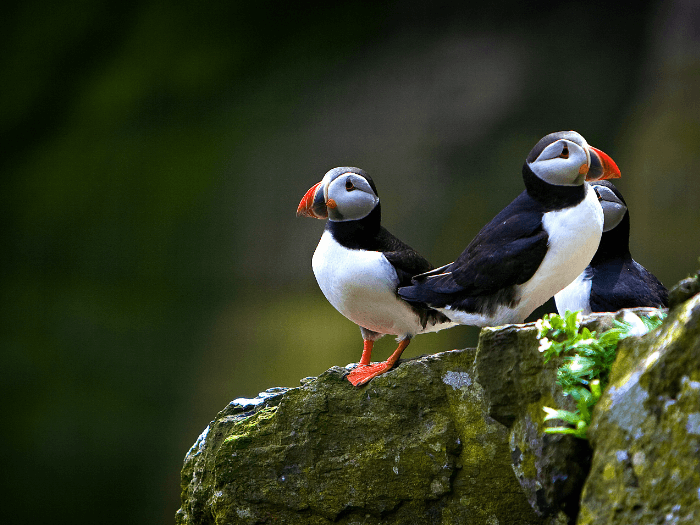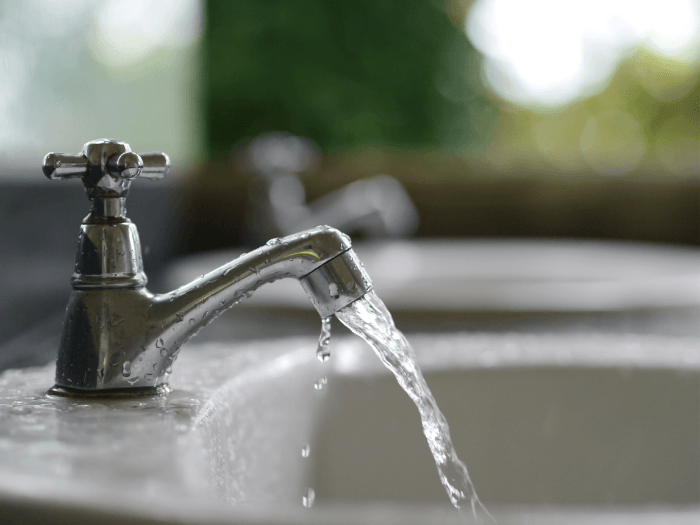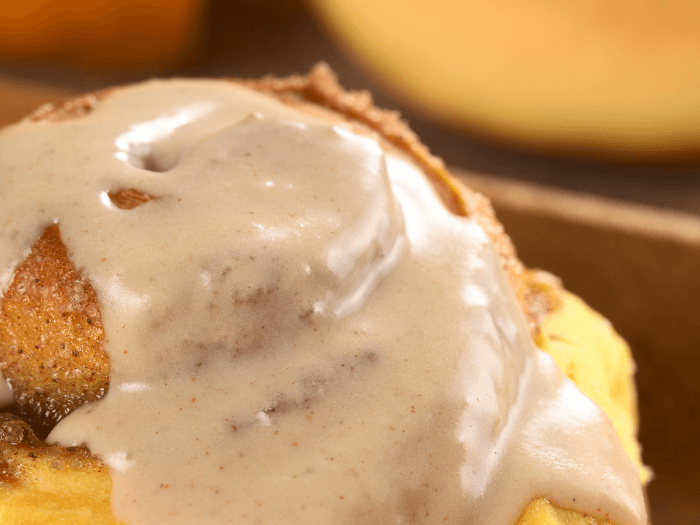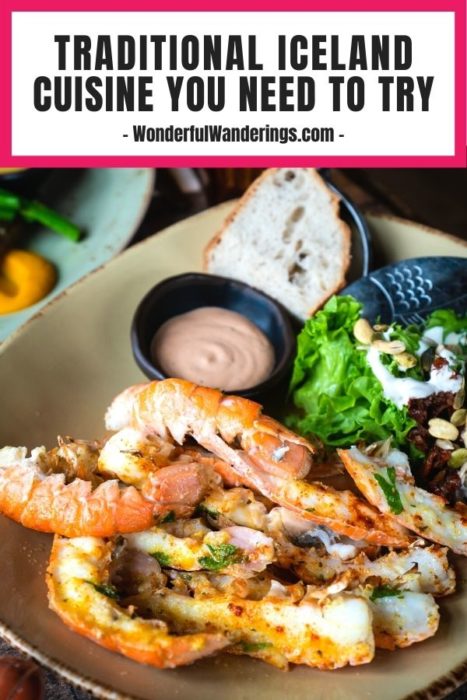Iceland’s known for its stunning, dramatic scenery – and this has also played a massive part in the history of the foods of Iceland. Historically, food production here was driven by a need to survive, and so Icelandic cuisine was simple, uncomplicated fare, based mostly around dairy, meat, and fish. Icelandic dishes are known for being healthy, pure, and unadulterated.
When the meat was caught it was generally cured, dried, and smoked to preserve it for as long as possible – which is why you’ll find plenty of fermentation and smoking (and some unusual meats) within this list of Icelandic foods.
Contents
- Icelandic Cuisine: What Food to Try in Iceland?
- Hakarl / Fermented shark
- Skyr
- Harðfiskur / Dried fish
- Plokkfiskur / Fish stew
- Svið / Sheep's head
- Icelandic ice Cream
- Humar / Icelandic Lobster or langoustine
- Pönnukökur / Pancakes
- Brennivín / Black Death
- Hangikjöt / Smoked lamb meat
- Light beer
- Kjötsúpa / Lamb meat soup
- Kókómjólk / Chocolate milk
- Rúgbrauð / Hot Spring Rye Bread
- Flatkaka
- Pylsa / Hot Dogs
- Coffee
- Kleinur / Twisted doughnut
- Puffin
- Malt and Appelsín
- Tap water
- Snúður / Cinnamon rolls
- Hrútspungar / Sour Ram’s Testicles
- Slátur
- Which Icelandic food would you try?
Icelandic Cuisine: What Food to Try in Iceland?
The following list contains not only famous food in Iceland you shouldn’t miss, but also some typical Icelandic dinners not for the faint of heart. The cuisine in Iceland can be pretty controversial, and even though most Icelanders wouldn’t eat puffin or sheep’s head every day, it’s still one of the traditional Icelandic delicacies worth mentioning.
Some of these popular foods in Iceland are probably not high on your list of things to try, but some of these Icelandic national dishes are not to be missed.
Make your mouth water or turn your stomach upside down with these popular Icelandic meals:
Hakarl / Fermented shark
Possibly the most famous item on the Icelandic menu is not one of the most appetizing. The national dish of Iceland, known as Hakarl, is fermented shark – Greenland shark to be precise. The traditional Icelandic cooking method Icelanders use to preserve the shark is to bury it underground for months, then urinate on it, then hang it up to dry for months.
Thankfully, the fermented shark urine part is skipped nowadays. However, the shark meat is still buried and dried to create this Icelandic delicacy as it’s known today. It’s cut up into small cubes and served as an hors-d’oeuvre.
Most people agree that it’s not the most delicious dish in the world – but still an essential thing to try when you're curious about Icelandic food.
Skyr
Next on the list of things to eat in Iceland is Icelandic Skyr, a typical Icelandic breakfast. Skyr is Iceland’s national yogurt. It’s a dairy product created from a bacteria culture and pasteurized skimmed milk. Some people say it’s more like a soft cheese, but mostly it’s a similar consistency to Greek yogurt.
Skyr has been a traditional Icelandic dish for centuries (maybe longer), and it’s eaten with all sorts of different dishes. Today, its scope is spreading and Skyr has been seeping into other cultures around the world. You can get it in all sorts of flavors.
Harðfiskur / Dried fish
People in Iceland get hooked on fish from a young age, and one of their favorite snacks is harðfiskur (translating as “hard fish”). It’s basically a dried fish jerky that’s eaten in abundance on the island and a big part of Iceland's food scene.
This Iceland fish dish has been popular since the times of the Vikings. When the fish is dehydrated, it shrinks to 9% of its original size and is delicious as a snack with a dollop of butter.
In the past, when grain was hard to come by and had to be imported from Denmark, a piece of dried fish was a typical Icelandic lunch instead of bread.
Plokkfiskur / Fish stew
Plokkfiskur is a sumptuous Icelandic fish dish – always a good choice if you see it on the menu. This traditional Icelandic food is made with a combination of boiled fish (normally cod or haddock), mashed potatoes, white sauce, and onions.
It is a warming Icelandic dish to have during Iceland’s cold and harsh winters, and today nearly every Icelandic family will have its own recipe for plokkfiskur. This fish ste mostly served with a piece of dark rye bread to mop up the sauces.
Svið / Sheep's head
Perhaps one of the less appealing famous foods in Iceland comes in the form of an entire sheep’s head. This is known as svið, and it’s often smoked or boiled – but sometimes it’s preserved in a special sheep’s head jelly. Apparently, the cheeks from a sheep’s head taste amazing.
Sheep’s head isn’t eaten much nowadays on a daily basis, but it is served up as part of Þorrablót – Iceland’s midwinter feast celebrations. These celebrations normally showcase some weirder elements of traditional Icelandic food!
Icelandic ice Cream
Ice cream is one of the best Icelandic food products – with ice cream vendors all over the country. It can also be found sold in gas stations and general stores in a variety of flavors. If you’re out at night and fancy a cold treat, in Iceland ice cream stores stay open until the early hours, so you’re in luck.
Bragðarefur is a good option for foods to try in Iceland – you get to choose one flavor of Icelandic ice cream and three toppings (candy, fruit, and sauces) which get served up in a mountain of indulgence. Another favorite Icelandic recipe is rúgbrauðsís which is a type of rye bread ice cream. Rye bread is also another popular food in Iceland, which you’ll find further down this list.
Humar / Icelandic Lobster or langoustine
Icelandic lobster is actually more like what we might know as langoustine – it’s smaller, and only the tail part is eaten. It tends to be caught in the waters off the south coast of Iceland.
Although it’s an expensive Iceland delicacy to order in a restaurant, you’ll find the tender and tasty langoustines known as humar in all sorts of different forms, whether that’s fried, baked, grilled, or on top of a pizza. Another popular version is humarsúpa (lobster soup).
If you want to have a go at Icelandic cooking yourself, frozen lobster tails can be picked up in most supermarkets too.
Pönnukökur / Pancakes
One of the most popular Icelandic foods is served up for breakfast, lunch, or tea, in the form of pönnukökur or Icelandic pancakes. On the whole, they’re fairly similar to the pancakes eaten in France or the UK.
Icelandic pancakes tend to be thin and crepe-like in consistency. They’re normally served with a bit of rhubarb jam and whipped cream. Each family has a large heavy-bottomed pancake pan – these skillets are often handed down through the generations.
Brennivín / Black Death
In order to truly feel like a Viking, you have to try Iceland’s national tipple – Brennivín. Known locally as “svartidauði” (which translates encouragingly as “Black Death”), it’s created from a blend of potato mash, fermented grain, and caraway seeds.
Black Death is a clear and unsweetened schnapps and is a big part of Icelandic culture. This signature alcoholic drink is usually taken as a shot, typically accompanied by pieces of fermented shark.
Hangikjöt / Smoked lamb meat
Smoked lamb meat has been a famous Icelandic food for centuries. Smoked meat is the traditional food of Iceland because it was historically a good way to preserve meat, while also adding flavor.
Smoked lamb meat is also part of the Christmas cuisine of Iceland, and it’s boiled, sliced, and eaten hot or cold alongside green peas, red cabbage, potatoes in white sauce, and Icelandic leaf bread.
Hangikjöt is traditionally smoked by hanging it from the rafters – this is the basis for its Icelandic name “hangikjöt” which means “hung-meat”. There are two traditional methods for smoking meat – one is known as “birkireykt” where meat is smoked by burning birchwood.
The other is known as “taðreykt” and is commonly used to smoke many different things, and it’s done by burning hay mixed with dried sheep dung!
Light beer
Beer in Iceland is very light. Normally its alcohol content is as little as 2.25%, and it’s a popular Icelandic drink. Drinking alcohol was not allowed for around 80 years, and the prohibition lasted until the 1st of March 1989. Today, this day is celebrated as Beer Day.
Brewing has taken off in Iceland and now there are some amazing places to drink this light and refreshing beverage, as well as tasting tours of bars and breweries. An Iceland dinner goes very well with a tasty light beer!
Kjötsúpa / Lamb meat soup
Kjötsúpa is another typical Icelandic food that’s been around for a long time. It’s a hearty meat soup made with lamb shank or shoulder. Most families and chefs have their own variants of the dish, but normally the soup includes leeks, onions, seasoning, herbs, swede, carrots, and potatoes.
Kókómjólk / Chocolate milk
There’s a popular chocolate milk drink in Iceland, and one brand has got a monopoly on it: Mjólkursamsalan. This company runs about 700 dairy farms across the country. This chocolate milk is known as Kókómjólk, and it’s easily recognizable for its iconic packaging with the cat on the front.
Apparently, Kókómjólk is also a great hangover cure for the morning after a big night out in Iceland, and should be on your list of Icelandic drinks to try!
Rúgbrauð / Hot Spring Rye Bread
If you’re curious about what to eat in Iceland, don’t miss rúgbrauð. This Rye Bread is eaten a lot in Iceland, as a side to many different dishes. One of the most traditional Icelandic recipes for rye bread is the one cooked in hot springs. The process was made famous by a man called Sigurður Rafn Hilmarsson.
Hot spring rye bread is traditionally baked or steamed in casks buried around 30 cm deep in the ground by a hot spring or geyser for about a day. This makes soft, spongy, dense, and crustless bread with a dark brown color, and a slightly sweet flavor.
Eat it spread with butter, with smoked fish and cream cheese, or even blended up into ice cream – you’ll find this everywhere in Iceland.
Flatkaka
In addition to the previous rye Icelandic food recipes, also don’t miss Flatkaka. This is another Icelandic traditional food that is similar to a flatbread or a pancake. The flatkökur (plural for flatkaka) dough is usually made from flour, water, and baking powder, and it is then cooked on a hot griddle or frying pan.
The texture of flatkaka is thin and flat, and it is typically served warm with butter, smoked salmon, or other toppings. It is a typical Icelandic breakfast, but it can also be served as a snack or side dish with other meals.
Flatkaka is an important part of the local cuisine, and it’s something you shouldn’t miss on your list of foods to try in Iceland. It’s also one of the easiest Icelandic food recipes to try to make yourself.
Pylsa / Hot Dogs
Although the cost of eating in Iceland tends to be pretty high, one of the more affordable options is the Icelandic hot dog. Iceland’s hot dogs are renowned the world over and are one of the most popular things to eat – at any time of day – by locals and tourists alike.
The best place in Iceland to get a hot dog is in Reykjavík at a fast food stand called Bæjarins Beztu Pylsur. This is a big favorite and the line usually runs very long. The hot dogs are a blend of beef, lamb, and pork, and you can order them with a variety of toppings such as mustard, rémoulade, crunchy deep-fried onions, or raw onions.
Pylsa might be the most popular food in Iceland, especially if you don't want to try the other strange dishes within the Icelandic cuisine.
Coffee
Coffee has been growing in popularity in Iceland for a couple of hundred years now, when it was first imported from Denmark. Today, it’s a huge part of Icelandic cuisine, with a wide range of competitive coffee shops and a lack of foreign chains.
One of the unique features of coffee in Iceland is that it is generally roasted darker than in other countries. The darker roast gives the coffee a strong, robust flavor that many Icelanders enjoy. Additionally, Icelanders typically drink their coffee black or with a small amount of milk; sugar and cream are not commonly added.
Another popular type of coffee in Iceland is the traditional Icelandic coffee, which is made by adding a shot of Brennivín (Icelandic schnapps) to a cup of coffee. You usually this type of coffee after a meal and should help your digestive process.
Kleinur / Twisted doughnut
Kleinur is a delicious sweet crispy doughnut in a unique twisted shape. These treats used to be popular food to eat in Iceland around Christmas, but today they’re a popular treat that's eaten all year round – and a great companion to a rich cup of coffee.
Spices such as nutmeg and cardamom are kneaded into the dough, giving them a warming flavor, and they’re not glazed but topped with a dusting of sugar. The result is a doughnut with a crunchy exterior and a doughy middle. Yum!
Don't confuse kleinur with kleina, which is another national food of Iceland. Kleina is a deep-fried pastry that is made by cutting the dough into small rectangles, twisting them into a knot, and then frying them until they are golden brown.
The main difference between the two pastries is their shape and texture. Kleina is typically thicker and more dense than kleinur, which has a lighter, more delicate texture. Kleinur and kleina come from delicious Icelandic food recipes, so you should probably try them both!
Puffin
This is a controversial food. Puffins are charming and charismatic seabirds that are beloved in Iceland. However, traditionally, these beautiful creatures were hunted and eaten as part of the Iceland food culture.
Today, it is possible to see puffin meat on tourist menus in Iceland as a specialty dish, smoked and served up like pastrami.
Malt and Appelsín
There are two common non-alcoholic drinks in Iceland. One is malt, which is basically a non-alcoholic malt beer. It’s dark and sweet, with hints of licorice. The other is applesín, which is a fizzy orange drink, a bit like Fanta.
Put the two together, and you get a popular Christmas drink – Malt og Applesín. But don’t worry, this traditional drink can also be consumed all year round. It has a great flavor that goes well with other dishes in Icelandic cuisine.
Tap water
This is not a joke – the tap water in Iceland is amazing! It’s widely considered to have some of the cleanest and most delicious tap water in the world. 95% of tap water comes from springs, with no chlorine, calcium, or nitrate in it.
While tap water might not be part of the traditional Icelandic cuisine, it’s nice to just be able to fill up your water bottle while on your trip around Iceland.
Snúður / Cinnamon rolls
Not much is known about the history of this treat within the Icelandic cuisine, but snúður are certainly delicious. They’re individually baked cinnamon rolls that are topped with a coating of chocolate, vanilla, caramel, or sometimes just a sugar glaze.
If you’re on a quest to find out what is the best food in Iceland, make sure you try these delicious rolls!
Hrútspungar / Sour Ram’s Testicles
By now, it shouldn’t come as much of a surprise that the food from Iceland is far from ordinary. Of course, the Icelandic delicacy – sheep’s testicles – has to be present on this list of Icelandic cuisine. Normally, hrútspungar are preserved in whey (the by-product of making cheese) or gelatin. This is then flavored with garlic and served as a starter, often in the form of a pâté.
Hrútspungar is an Icelandic national dish that they eat during the midwinter festival of Þorrablót. The sheep's testicles have a tangy, pickled taste and a chewy texture, similar to other pickled meats like corned beef or pickled herring.
Today, Icelanders don't eat Hrútspungar as much as they used to, and it is often seen as more of a novelty dish than a staple of Icelandic cuisine. Nonetheless, it remains an important part of the country's culinary heritage and a symbol of the Icelandic people's connection to their rugged, isolated landscape.
Slátur
Slátur is part of the traditional Icelandic cuisine that is also found in other Nordic countries. If the sheep’s head didn’t put you off, this might do it! Slatur is a type of blood pudding made from a mixture of sheep's blood, suet, and oatmeal, and sometimes other ingredients such as onions or flour.
The mixture is then stuffed into sheep's intestines, tied off, and boiled until fully cooked. Yum, or not?!
Slátur is typically served sliced and fried with mashed potatoes, turnips, and a brown gravy made from lamb stock. It is considered a delicacy in Iceland and is often enjoyed during the fall and winter months when the sheep are slaughtered.
As another national food of Iceland, Slátur is an Icelandic dish with a long history and cultural significance. It has a rich, earthy flavor and hearty texture, making it one of the best foods to eat in Iceland, if you dare!
Which Icelandic food would you try?
If you came here to discover what do people in Iceland eat, rest assured that some of these slightly weird Icelandic food recipes are not that common, even though they are amongst the best foods in Iceland.
So much of these Icelandic foods revolves around its fresh fish, free-roaming sheep, and wild products of the island. The country’s capital of Reykjavík has restaurants and chefs that are experimenting with ways of presenting the best foods of Iceland in contemporary and innovative ways.
In summary, some signature Icelandic foods include hearty seafood soups, smoked and cured fish, tender lamb, and dairy products such as skyr and Icelandic cheeses. On the other hand, traditional food in Iceland like hákarl and svið offers you a unique culinary experience, if you dare!
PIN FOR LATER
Find below our most important travel guides about Iceland.

